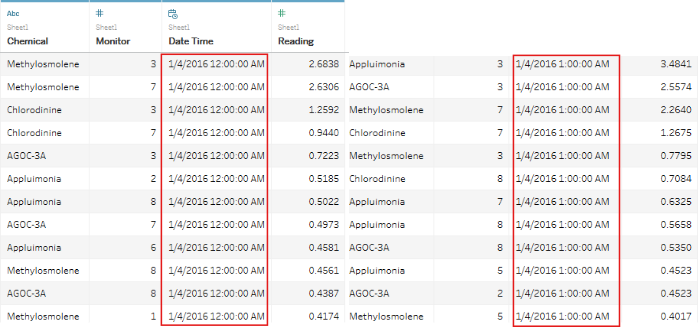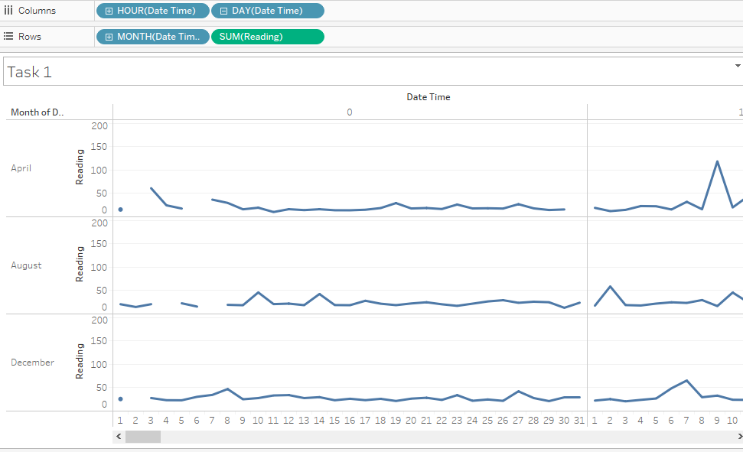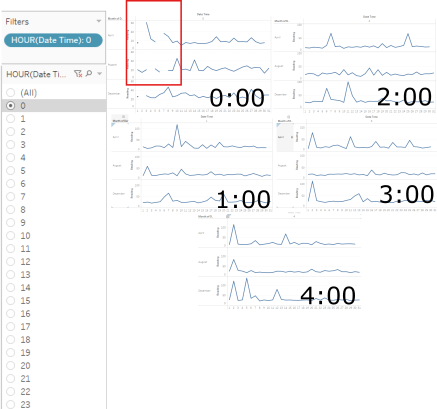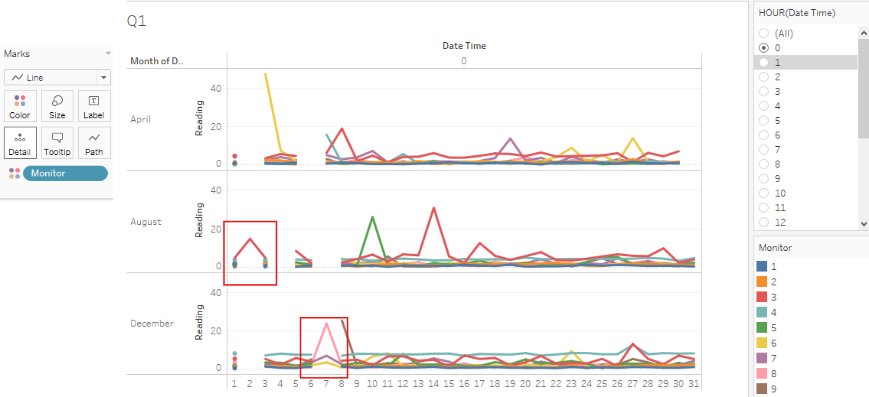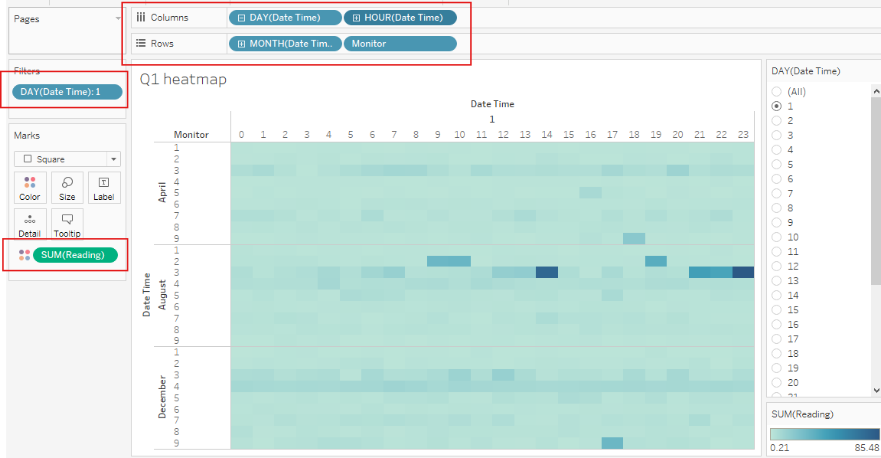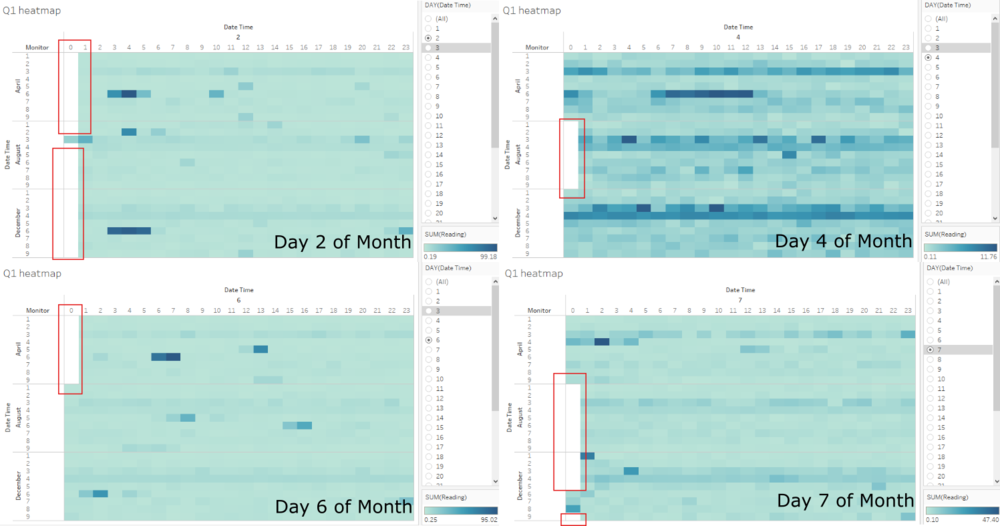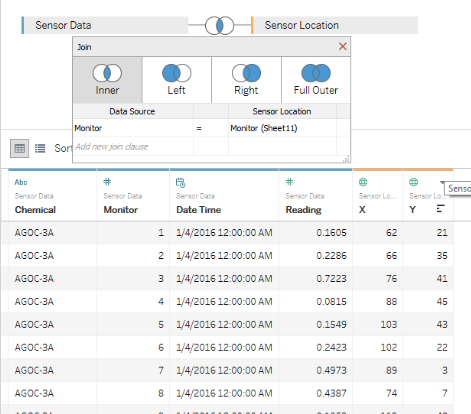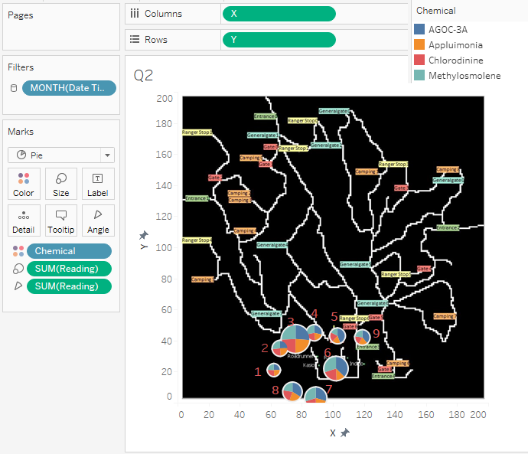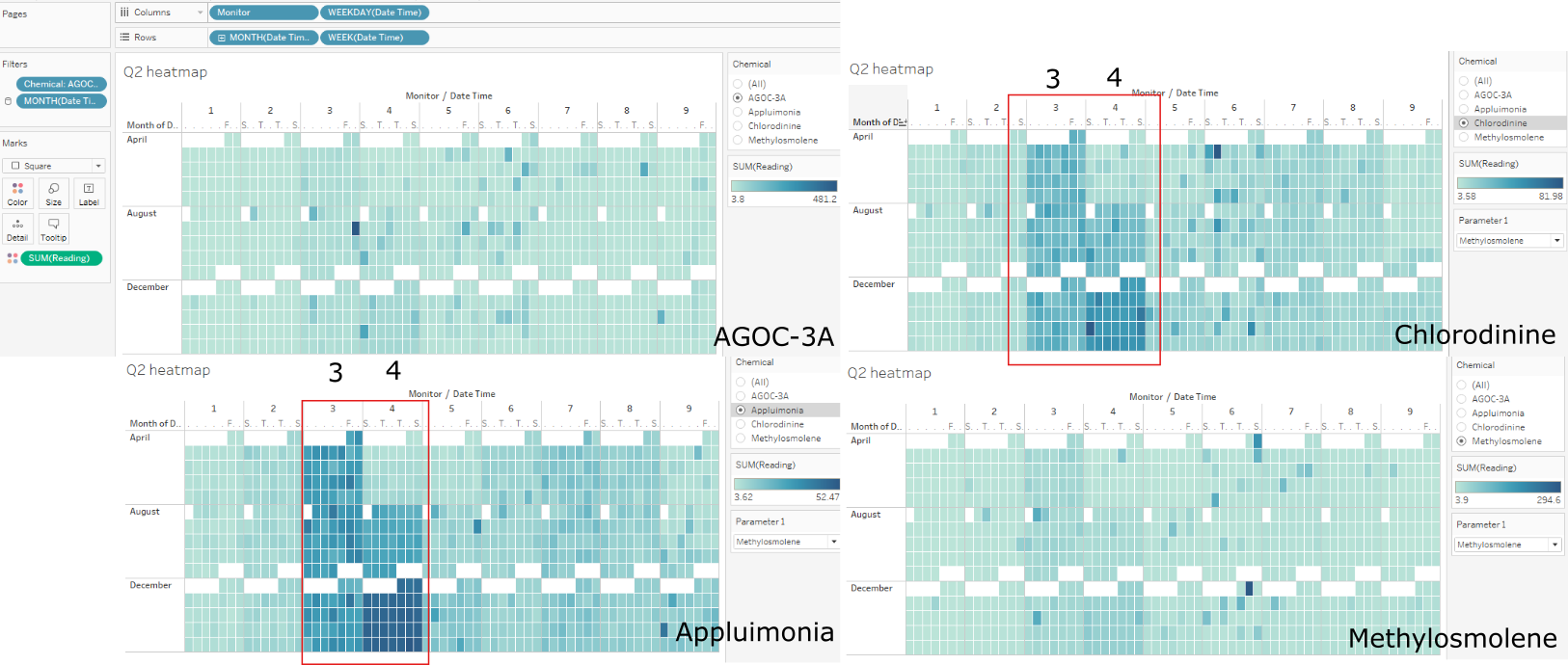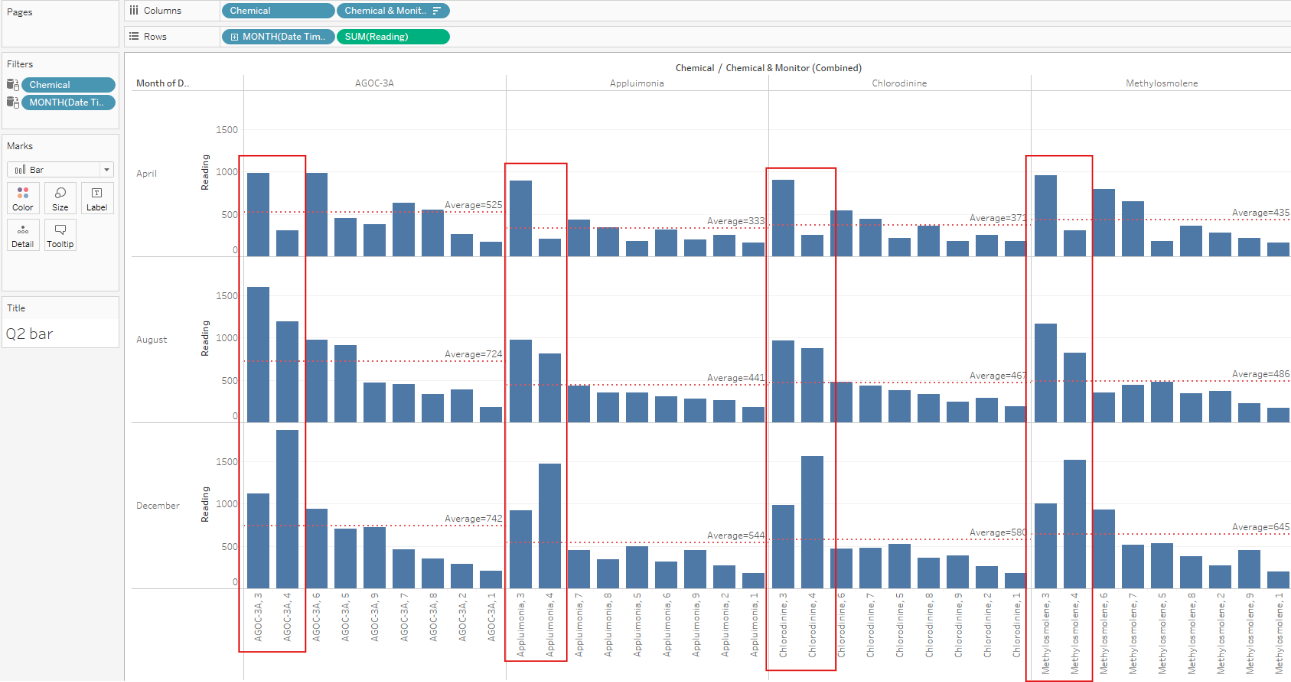IS428 2017-18 T1 Assign Tan Kun Sheng
Contents
Background
Lorem Ipsum is simply dummy text of the printing and typesetting industry. Lorem Ipsum has been the industry's standard dummy text ever since the 1500s, when an unknown printer took a galley of type and scrambled it to make a type specimen book. It has survived not only five centuries, but also the leap into electronic typesetting, remaining essentially unchanged. It was popularised in the 1960s with the release of Letraset sheets containing Lorem Ipsum passages, and more recently with desktop publishing software like Aldus PageMaker including versions of Lorem Ipsum.
Objectives
Lorem Ipsum is simply dummy text of the printing and typesetting industry. Lorem Ipsum has been the industry's standard dummy text ever since the 1500s, when an unknown printer took a galley of type and scrambled it to make a type specimen book. It has survived not only five centuries, but also the leap into electronic typesetting, remaining essentially unchanged. It was popularised in the 1960s with the release of Letraset sheets containing Lorem Ipsum passages, and more recently with desktop publishing software like Aldus PageMaker including versions of Lorem Ipsum.
Tasks
Task #1
Characterize the sensors’ performance and operation. Are they all working properly at all times? Can you detect any unexpected behaviors of the sensors through analyzing the readings they capture?
Figure 1.1
Cyclic Plot
Figure 1.1 displays the records in Sensor Data.xlsx. Each record captures the Chemical, Monitor, Date Time, Reading and the values in the Date Time column signifies that the monitors capture readings on an hourly interval. With these information, a cycle plot that plots through the hours by days in month to examine the readings captured at each hour over the all the days in the three months revealed some discontinuation of readings.
Figure 1.2
Figure 1.2 shows that there are breaks in the line graphs meaning that not 12am readings are not available on certain days of the months. This warrants more investigation as there might be more gaps in other hours.
Figure 1.3 (hour 0:00 compared to others)
Filtering by hours to examine the readings specifically at each hour, it is discovered that 12am (0:00) readings are the only one with gaps. Figure 1.3 illustrates some comparisons with different hourly readings with no gaps. Not 24 hours are displayed on figure 1.3 for brevity's sake, but no line breakages are seen except for readings recorded at 12am (0:00). Also note that the line breakage at the end of April (Top Line Graph) is not an error as April 2016 does not have a 31st day unlike August 2016 and December 2016. As these values on the line graphs are aggregated (summed) readings, let's break them down by monitor readings to uncover the details of each monitor.
Figure 1.4 (some monitors captured readings when others did not)
Figure 1.4 uncovers some interesting observations. Whilst there are instances where all monitors failed to record readings such as hour 0 of day 2 in April and December for example, there were also instances where one or a few monitors managed to record readings when others did not. Take for example, monitor #3 were the only one to record a reading on hour 0 day 2 in August while all other monitors failed to record anything at all.
Heat Map
With the cyclic plot above, we were able to determine that not all monitors failed to capture readings altogether. At the 0 hour of certain days on certain months, some monitors managed to record readings where others did not. As there are overlapping lines that represent each monitor above, it may be difficult to tell which monitors are working and which ones are not. A heatmap may be more apt at conveying such information.
Figure 1.5 (hours by days in months, filtered by days)
Columns : Days followed by Hours, Rows: Months followed by monitors and an additional filter that filters by days. With this heatmap, monitors' readings are shown as a cell for each hour of the day. We can step through the days and attempt to find out which monitors are not working (empty cell) and at which hour.
Figure 1.6 (day 2, 4, 6 and 7)
Stepping through days 1-31, it is discovered that days 2, 4, 6 and 7 are missing readings at midnight 12am (0:00). The findings are can be summarized as
- 12am readings are missing on day 2 of all three months except on monitor #3 on day 2 in August
- 12am readings are missing on day 4 for the month of August across the board for all monitors #1 through #9
- 12am readings are missing on day 6 for the month of April across the board for all monitors #1 through #9
- 12am readings are missing on day 7 for the month of August across the board for all monitors #1 through #9
- 12am readings are missing on day 7 for the month of December except monitors #6, #7 and #8
Task #2
Now turn your attention to the chemicals themselves. Which chemicals are being detected by the sensor group? What patterns of chemical releases do you see, as being reported in the data?
Figure 2.1
Before beginning task #2, we bring in sensor location data in Sensor Location.xlsx and inner join it into the Sensor Data we already had on monitor names. The aim is to visualize the locations of the sensors over a 2d map and display chemical readings over their placements. Figure 2.1 shows an example of the process.
Chemical Pie Chart
Figure 2.2
Next, we convert X's geographical role into Longitude and Y's geographical role into Latitude. Plotting them into columns and rows. We then turn off Maps > background maps > none and select Maps > background images and bring in MapLargeLabels.jpg. Drag chemical into color and readings into size to have a pie chart generated next to each monitor to represent the different amounts of each chemical recorded by each monitor on the 2d map. Annotations are added to display the monitor numbers and a filter is added to select a specific month for viewing. Refer to figure 2.2 for an example. Filtering through months Apr, Aug, to December, sensor 4's total readings of all chemicals seemed to be increasing at an astonishing rate although the composition of the 4 chemicals make up across the months seemed to vary not much. It is hard to tell observe any patterns as the proportion of between the 4 types of chemicals picked up across the monitors seem to vary ever so slightly. Sensor 6 however seemed to picked up a higher proportion of AGOC-3A and Methylosmolene on Dec at 35.50% and 35.17% respectively.
Calendar Heatmap by Chemical Across Monitors
Figure 2.3 (chemical levels across monitors comparison)
Figure 2.3 compares the each of the chemical type and the levels picked up across all monitors. It is observed that monitors 3 and 4 seemed to have picked up higher levels of Appluimonia and Chlorodinine as compared to other monitors. The difference is even more accentuated with the passing of months between April, August, to December.
Barchart by Chemical Across Monitors
Figure 2.4
Referring to the bar chart comparison of chemical readings across monitors over the period of three months, monitor 4 stood out as it seemed to have captured a sharp increase in chemical readings across all chemical types. The rate of increment is alarming as it shot through the averages captured across all monitors for each chemical and it is especially pronounced in the month of December where it captured record high readings of all chemical types across all monitors. There may be two reasons to this cause
- The area in which monitor 4 is situated has been exposed to great volumes of all four chemical types over the months probably due to wind direction (to be investigated in Task #3) or
- Monitor 4 needs to be inspected as the rate of increment for all its readings is unusually high which may be an indication of technical failure or even tampering.
Besides this, monitor 3 seemed to have consistently recorded higher than average readings across all chemical types over the three months with only slight fluctuations. Monitor 6 recorded higher than average AGOC-3A readings consistently over the three months and higher than average readings for Methylosmolene in months April and December.
References
Lorem Ipsum is simply dummy text of the printing and typesetting industry. Lorem Ipsum has been the industry's standard dummy text ever since the 1500s, when an unknown printer took a galley of type and scrambled it to make a type specimen book. It has survived not only five centuries, but also the leap into electronic typesetting, remaining essentially unchanged. It was popularised in the 1960s with the release of Letraset sheets containing Lorem Ipsum passages, and more recently with desktop publishing software like Aldus PageMaker including versions of Lorem Ipsum.
